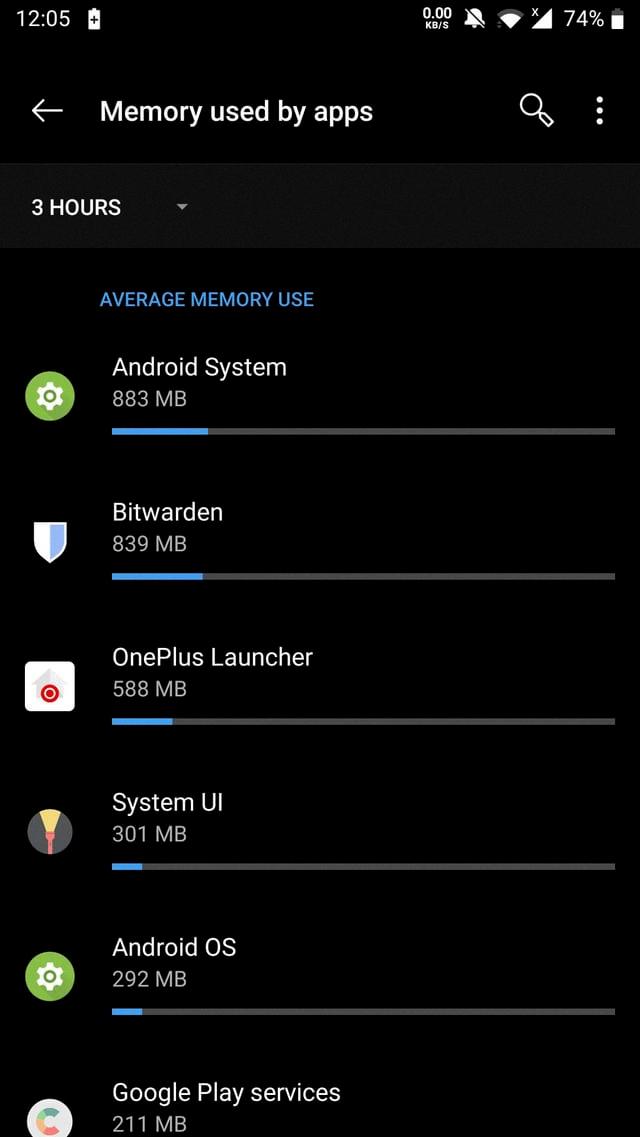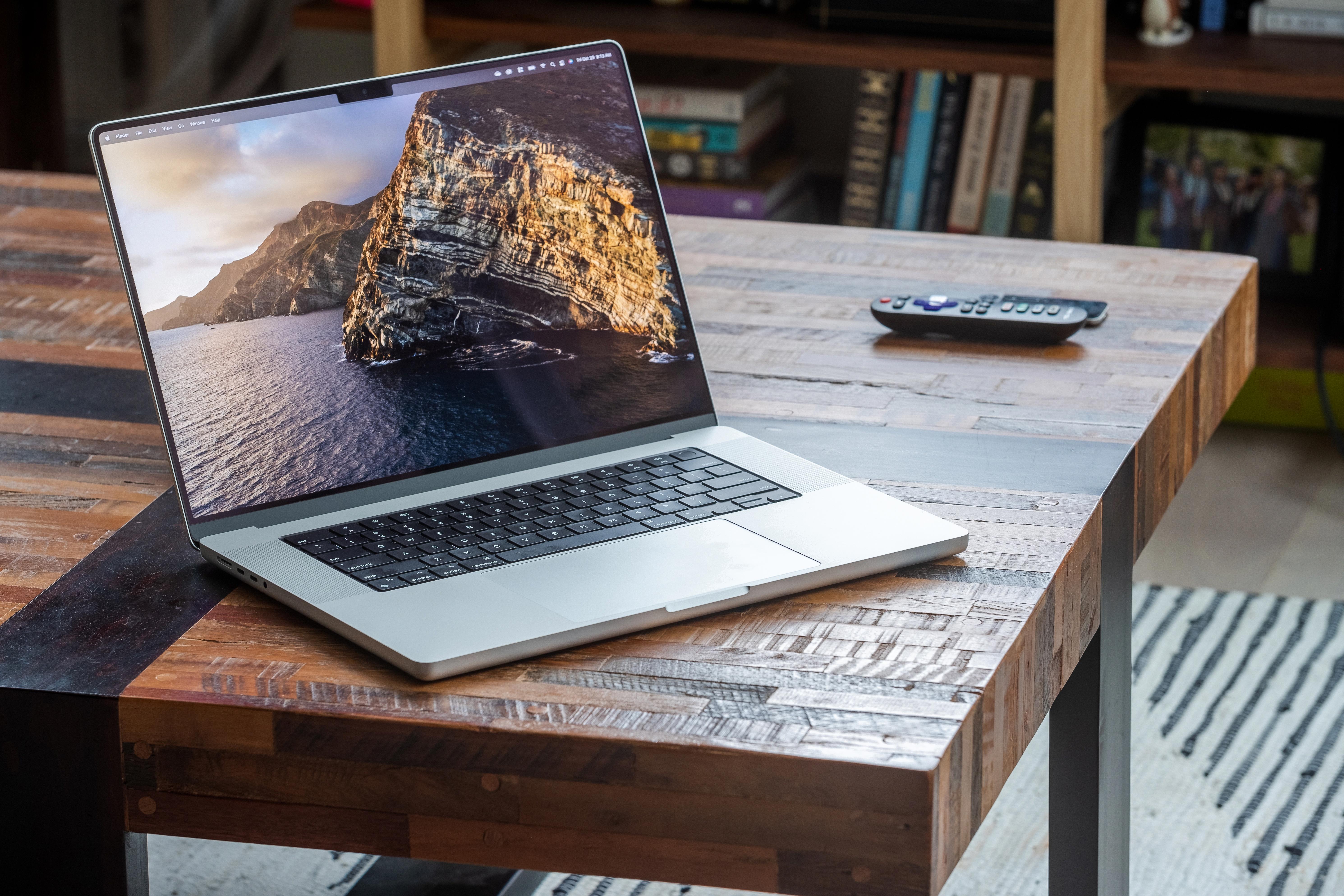Android OS is a powerful and versatile operating system that powers millions of smartphones and tablets around the world. One aspect of Android that may leave some users scratching their heads is its tendency to use a significant amount of memory. But fear not, there is a method to this madness.
The Android OS is designed to be highly efficient and responsive, and one way it achieves this is by utilizing all available memory at all times. This means that even when you close an app, it may still be kept in memory so that you can quickly switch back to it without any delay. This is especially useful for multitasking, as it allows you to seamlessly switch between apps without any noticeable lag.
So, how much memory does Android actually need? Based on our testing and experience, we would recommend a minimum of 8GB of RAM for most Android users. This ensures that you have enough memory to run multiple apps simultaneously and provides a smooth multitasking experience. However, we have also found that there are tangible benefits to having 12GB of memory, as it allows for even faster performance and smoother operation.
It’s worth noting that there are Android devices available with as little as 4GB of RAM. While these devices may be more budget-friendly, they may not provide the same level of performance and multitasking capabilities as devices with higher memory capacities. If you are a budget shopper, we would recommend looking for a device with at least 6GB of RAM to ensure a satisfactory user experience.
But why does Android use so much memory in the first place? The answer lies in the clever algorithm that the Android OS employs. This algorithm learns which apps you use frequently and keeps them in memory for faster performance. When more RAM is needed for other tasks, the system automatically removes less-used apps from memory. This ensures that the apps you use most often are always readily available, while optimizing memory usage for overall system performance.
In recent news, Google announced that the minimum amount of RAM required for Android Go, the low-end version of Android, has been increased to 2GB for Android 13. This is a significant change from the previous requirement of 1GB and reflects the growing demands of modern apps and features.
Android OS uses a significant amount of memory to provide a seamless multitasking experience and ensure fast performance. We recommend a minimum of 8GB of RAM for most users, although 12GB can offer additional benefits. The clever algorithm employed by Android keeps frequently used apps in memory, while removing less-used apps when more RAM is required. So, if you’re wondering why Android uses so much memory, rest assured that it’s all part of the system’s design to deliver a top-notch user experience.
Why Does Android OS Take So Much Memory?
There are several reasons why the Android operating system takes up a significant amount of memory on devices. Here are the main factors:
1. Operating System Components: Android OS consists of various components that are essential for its functionality. These components include the kernel, libraries, system services, and other core processes. These components require memory to run efficiently and provide the necessary services to the user.
2. System Apps: Android devices come preloaded with a set of system apps that are essential for the device’s functionality. These apps, such as the dialer, messaging app, calendar, and settings, are always running in the background and consume memory. While some of these apps can be disabled or uninstalled, many are necessary for the smooth operation of the device.
3. User Apps: In addition to system apps, users install their own apps from the Google Play Store or other sources. These apps may also consume a significant amount of memory depending on their complexity and resource requirements. Apps that run in the background, such as social media, messaging, or music streaming apps, can further contribute to memory usage.
4. App Caching: Android OS utilizes app caching to enhance the performance of frequently used apps. This means that even after closing an app, it may still reside in the memory for quick access when needed again. While this caching mechanism improves app responsiveness, it also consumes memory.
5. Multitasking: Android is designed to support multitasking, allowing users to switch between apps quickly. To enable smooth multitasking, the OS keeps apps in memory even when they are not actively used. This way, when a user switches back to an app, it can resume instantly. However, this approach can result in higher memory usage as more apps are kept in memory simultaneously.
It’s important to note that Android devices typically have limited RAM compared to desktop computers, which can contribute to the perception of high memory usage. However, Android’s memory management system is designed to optimize performance and provide a seamless user experience, even with limited available memory.

How Much RAM Should Android OS Use?
When it comes to the amount of RAM that Android OS should use, it depends on the specific needs and usage patterns of the user. However, based on our testing and expertise, we would recommend a minimum of 8GB of RAM for most Android users.
Having 8GB of RAM allows for smooth multitasking and ensures that the device can handle running multiple apps simultaneously without any lag or performance issues. It provides enough memory for efficient app switching and smooth navigation between various tasks on the device.
That being said, we also noticed tangible benefits to having 12GB of RAM in some cases. This higher amount of RAM can further enhance the multitasking capabilities of the device and provide even smoother performance, especially when dealing with resource-intensive apps or heavy gaming.
For budget shoppers who are looking for a more affordable option, we would suggest a minimum of 6GB of RAM. While Android phones with 4GB of RAM do exist, they may not provide a seamless multitasking experience, and it’s worth investing in at least 6GB to ensure smoother performance.
8GB of RAM is recommended for most Android users, but 12GB can offer additional benefits for those who require more intensive multitasking or gaming capabilities. For budget shoppers, a minimum of 6GB of RAM is suggested to ensure a satisfactory user experience.
Why Is Most Of My RAM Being Used Android?
Most of your RAM being used on Android can be attributed to several factors:
1. App Usage: The Android operating system employs an algorithm that identifies the apps you frequently use. It keeps these apps in the memory for faster performance, allowing them to load quickly whenever you need them. This means that a significant portion of your RAM is allocated to these frequently used apps.
2. Multitasking: Android allows you to run multiple apps simultaneously, enabling multitasking. When you switch between apps or have multiple apps running in the background, each app requires a certain amount of RAM to function properly. As a result, the more apps you have open or running in the background, the more RAM will be utilized.
3. Cached Data: Android also utilizes RAM to store cached data, which includes temporary files, app data, and system resources. Cached data helps improve the speed and performance of apps, as well as the overall operating system. However, this cached data can consume a significant amount of RAM, especially if you have a large number of apps installed or frequently use data-intensive apps.
4. System Processes: The Android operating system itself requires a certain amount of RAM to run various system processes and services. These processes ensure the smooth functioning of the OS, handle background tasks, and manage system resources. These system processes consume a portion of your RAM to maintain the stability and efficiency of the Android system.
5. Background Services and Notifications: Some apps run background services or send notifications even when you are not actively using them. These background services and notifications also consume a portion of your RAM. While they may not require a significant amount of memory individually, the cumulative effect of multiple apps utilizing background services or notifications can contribute to a higher RAM usage.
Most of your RAM being used on Android is a result of the operating system’s optimization strategy, multitasking capabilities, cached data, system processes, and background services/notifications. These factors collectively ensure smooth and efficient performance but can lead to higher RAM usage.
Does Android 13 Use More RAM?
Android 13 does use more RAM compared to previous versions. Google recently announced that the minimum amount of RAM required for devices running Android Go, which is the low-end version of Android, has been increased from 1GB to 2GB for Android 13.
This means that for devices running Android 13, manufacturers will need to include at least 2GB of RAM in order to meet the minimum requirements set by Google. This change in minimum RAM requirement suggests that Android 13 may use more RAM compared to previous versions.
Using more RAM can have several benefits for devices. It allows for smoother multitasking, faster app switching, and improved overall performance. With increased RAM, devices can handle more apps running simultaneously without experiencing slowdowns or lag.
However, it’s important to note that the increase in minimum RAM requirement for Android Go devices does not necessarily mean that all devices running Android 13 will use more RAM. The amount of RAM used by a device also depends on various factors such as the device’s hardware capabilities, the Android version’s optimization, and the specific apps and processes running on the device.
While the minimum RAM requirement for Android Go devices running Android 13 has been increased to 2GB, it does not necessarily mean that all devices running Android 13 will use more RAM. The usage of RAM can vary depending on various factors, and the increase in minimum RAM requirement is aimed at ensuring better performance and user experience for low-end Android devices.
Conclusion
The Android operating system is designed to optimize memory usage by keeping frequently used apps in memory for faster performance. This means that Android devices typically run with very little free memory, as the system tries to utilize all available RAM. From our testing, we recommend a minimum of 8GB RAM for most Android users, as this provides a smooth multitasking experience. However, there are tangible benefits to having 12GB of memory as well. For budget shoppers, we suggest looking for devices with at least 6GB of RAM.
It’s important to note that the Android OS algorithm determines which apps to keep in memory based on frequency of use, allowing for quicker loading times. When more RAM is needed for other tasks, the system removes less frequently used apps from memory.
Furthermore, Google has announced that the minimum RAM requirement for Android Go, the low-end version of Android, has been increased to 2GB for Android 13, up from the previous 1GB requirement. This highlights the importance of having sufficient memory to ensure optimal performance on Android devices.








